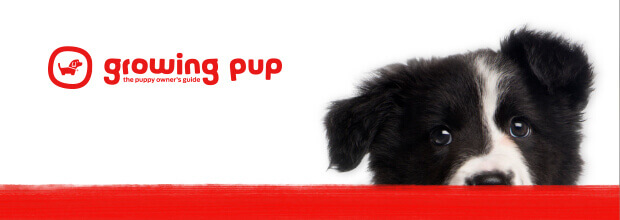Personality
Like most crossbreeds, the personality of a Puggle depends on the parents and how they have been bred and reared. But both parents are affectionate, cheerful, friendly dogs, traits that the Puggle puppy will no doubt choose from.
The Beagle is a happy, easy-going dog who is full of life and fun to be around. Beagles are good natured and, as they were bred to be pack animals, will get along with most other dogs. They love children but need to be exposed to cats at an early age in order to develop good relationships with them. However, they and may never be safe with strange cats or small furries. The Beagle is a good watchdog, barking at anything unusual, although once the burglar is indoors, the Beagle may prefer a game with him!














